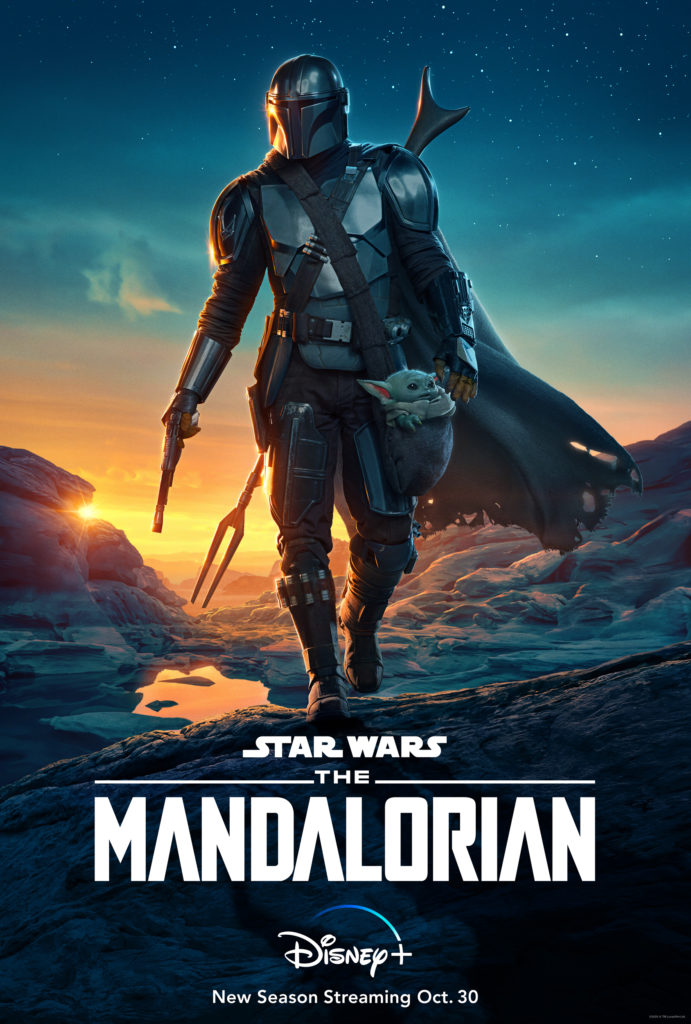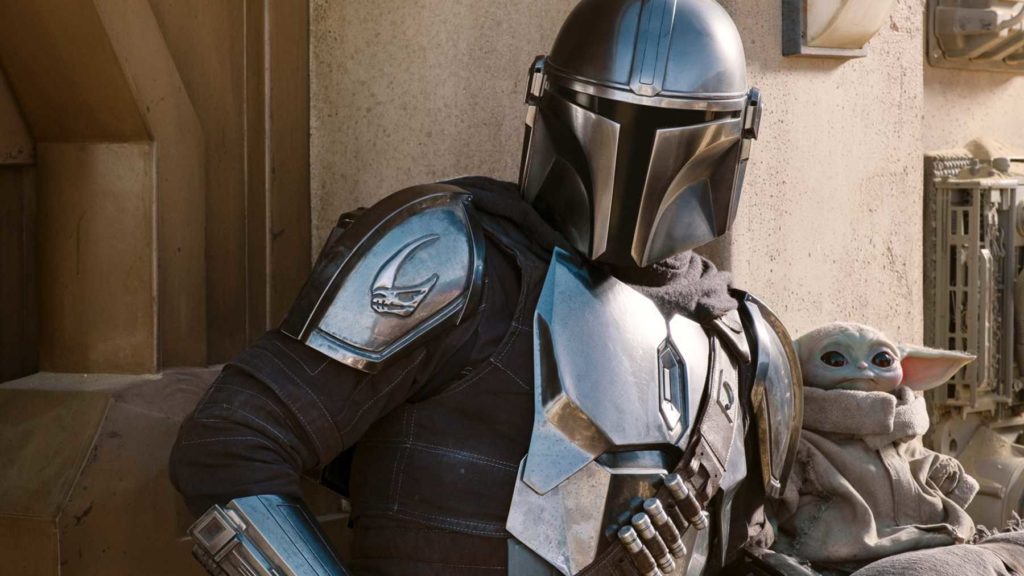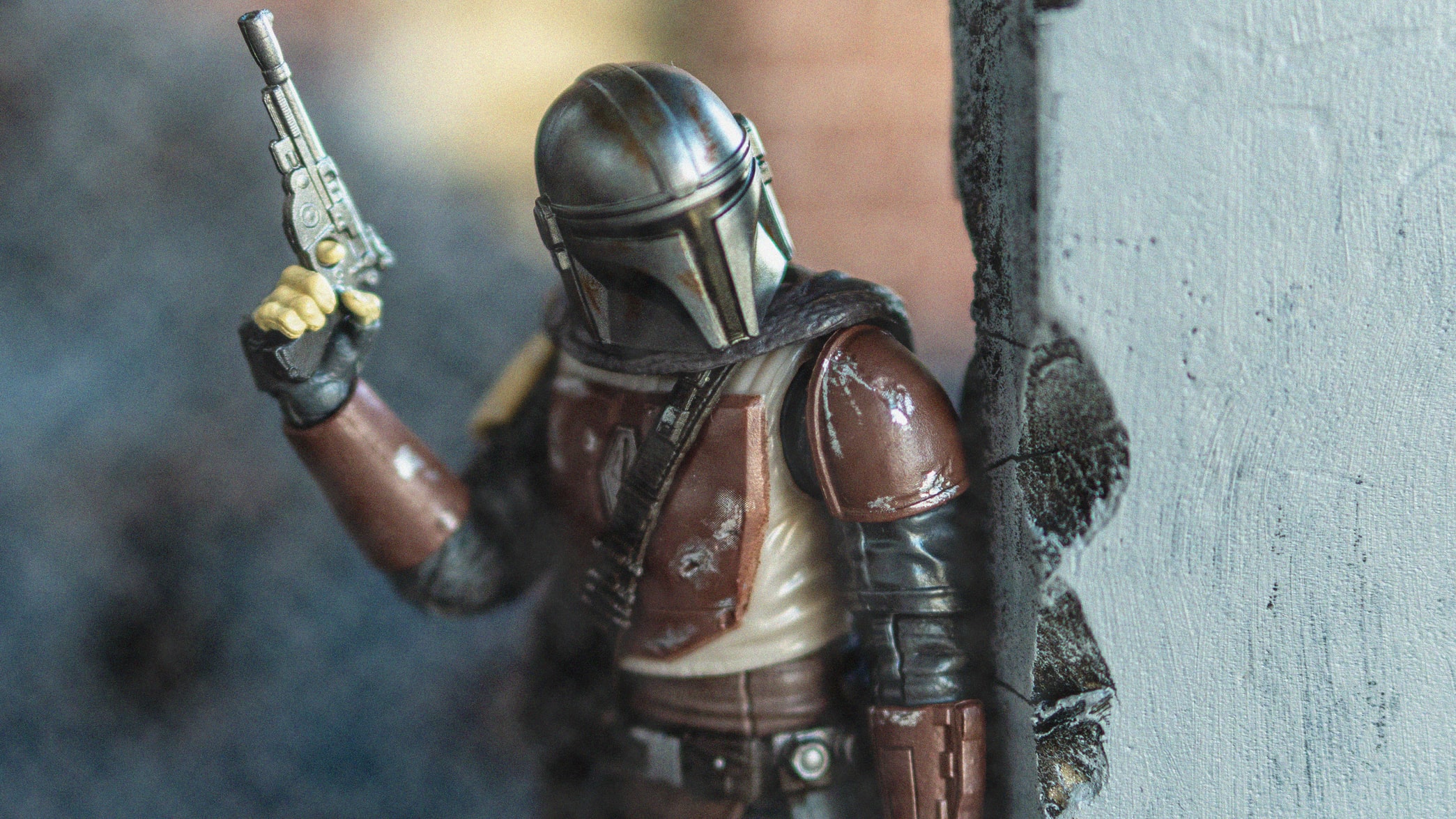Why the Disney+ original show is the best thing to happen to the Star Wars universe since the original trilogy

When George Lucas sold his beloved Star Wars franchise to Disney for an absurd amount of money, fans around the world held their breath and braced for the worst. And it happened. “The Force Awakens” was pretty okay. “The Last Jedi” was confusing and unrewarding, but it had porgs. “The Rise of Skywalker” was one of the worst movies I’d ever seen.
Luckily, Disney hasn’t ruined all Star Wars media. The 2016 film “Rogue One: A Star Wars Story” was praised by critics and die-hard Star Wars fans alike. “Solo: A Star Wars Story,” a prequel film following a young Han Solo, received mixed reviews but was praised for featuring Donald Glover as Lando Calrissian.
Then there came a game-changer: “The Mandalorian.” The Disney+ original show was released in November 2019 and is unequivocally one of the best successes since the Star Wars prequels in the early 2000s. (Of which I am fond of but it’s understandable when they are hated by most audiences.)
“The Mandalorian” has some of the best critical responses the Star Wars universe has seen in years. It has a 92% approval rating on Rotten Tomatoes and an 82% rating with audiences. The critics’ consensus on Rotten Tomatoes says, “‘The Mandalorian’ is a welcome addition to the ‘Star Wars’ universe that benefits greatly from the cuteness of its cargo.” (Albeit, that was only for the first season and does not include the first three episodes of season two that have been released in 2020.) On IMDb, it has an 8.7 out of 10 possible points.

In 2020, the show was nominated for Outstanding Drama Series at the Primetime Emmy Awards. Unfortunately, the show did not win the award but it did bag seven Creative Arts Emmy Awards, including Outstanding Music Composition for a Series and Outstanding Special Visual Effects.
Not to mention the fact that the series has been praised by Star Wars fans everywhere. One reviewer on Google called “The Mandalorian,” “an excellent and surprisingly intimate portrayal into just one of the trillions of characters populating the Star Wars universe.”
“The Mandalorian” has an exciting and innovative plot. It follows a Mandalorian bounty hunter dedicated to doing his job in the apocalyptic-like period after the fall of the Empire (after “Star Wars: Episode VI – Return of the Jedi”) and before the rise of the First Order (before “Star Wars: Episode VII – The Force Awakens”).
He is sent to collect a mysterious creature called “The Child” (who we will get to later) and return him to a wealthy client. However, after discovering the Child and growing fond of him, the Mandalorian decides to protect the Child and goes on the run.
The series stars Pedro Pascal, Gina Carano, Giancarlo Esposito, Carl Weathers, and Nick Nolte. Obviously, the cast is incredible; and they create such complex and compelling characters.
The Mandalorian, colloquially called “Mando” by characters in the show and fans alike, is an especially well-rounded character. Even though we never see his face, you empathize with him and his quest to save the Child. The show has been praised for finally portraying a wholesome, positive parental relationship within the Star Wars universe. (See: Darth Vader and Galen Erso.)
Mando has an elusive past that becomes more clear as the story goes on. Every decision he makes explores a deeper aspect to him that just makes you want to learn more. Kudos to Pedro Pascal for delivering such a powerful performance, all with a giant helmet on his head.
“The Mandalorian” also does something that, I think, the Star Wars sequels failed to do: it plays on the established world of Star Wars while also expanding the already rich universe.
Fans of Star Wars are familiar with bounty hunters because of Boba Fett and Jenga Fett. “The Mandalorian” delves into the untold world of the Mandalorians, an order of bounty hunters, and the code they follow. It takes us to new worlds, like the planet of Sorgan in the fourth episode of the first season. And, of course, it introduces us to original, often unusual characters with every new episode.
“The Mandalorian” doesn’t have to rely on expired, reused antagonists. (Looking at you, Darth Sidious in “Star Wars: Episode IX – The Rise of Skywalker.”) It is aware of the pre-existing plotlines and adds more to the story.
Then, of course, we get to the best part of the show: Baby Yoda. Although not actually called “Baby Yoda” in the series, the name quickly took when the Child was first introduced and fans quickly deduced that he was of the same species as Jedi Master Yoda. And he’s a baby, even though he is fifty-years-old. Thus, Baby Yoda was born.

Baby Yoda took the internet by storm. Soon after his Star Wars debut, there were Baby Yoda songs, memes, artworks, videos, clothing, and fan cams dedicated to the adorable green alien. He is one of the newest additions in Star Wars’ vast array of characters but he quickly became the most beloved and most popular.
The mantra of the Mandalorians is, “This is the way.” When it comes to contemporary Star Wars media, there is only one way. The Mandalorian way.
Season two of “The Mandalorian” is now streaming on Disney+! (If you need to catch up, season one is also still available.)
